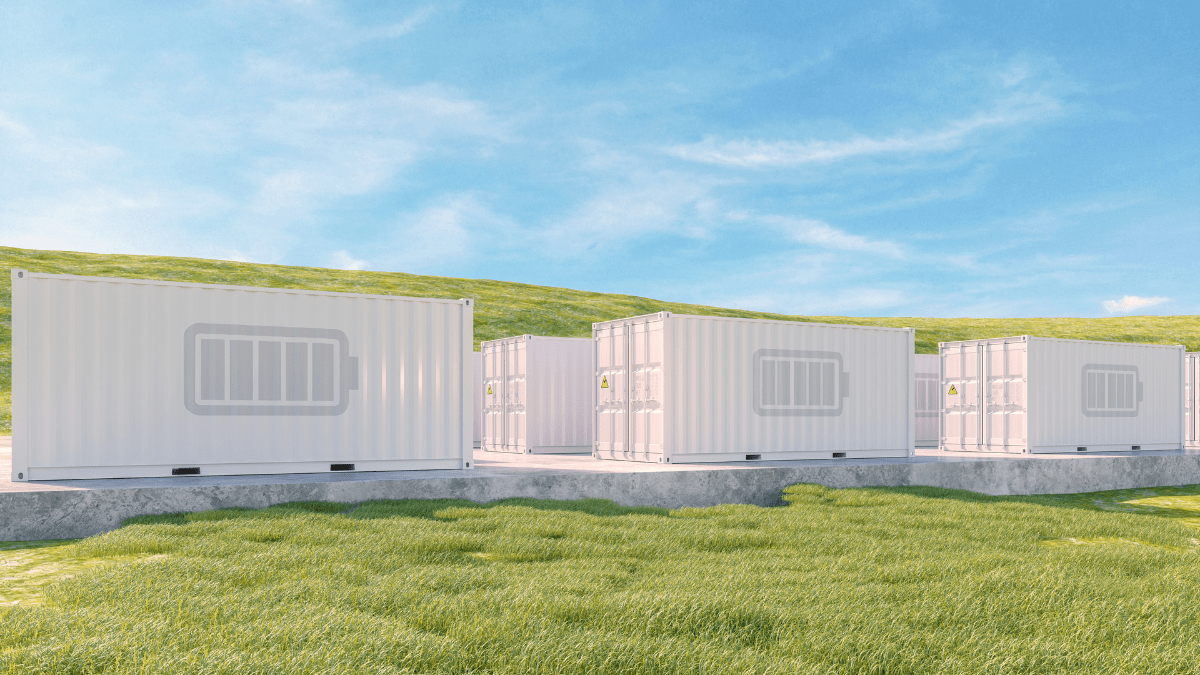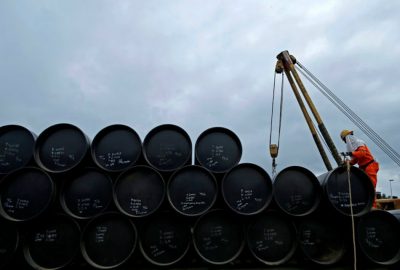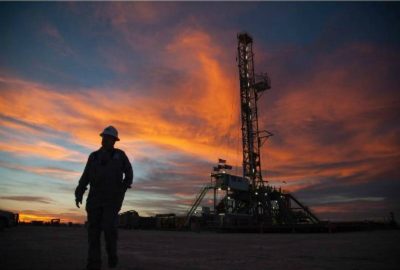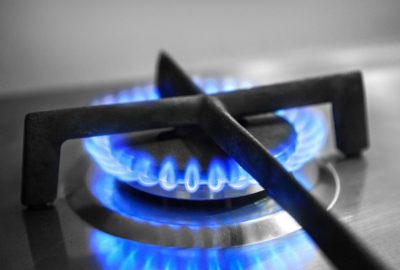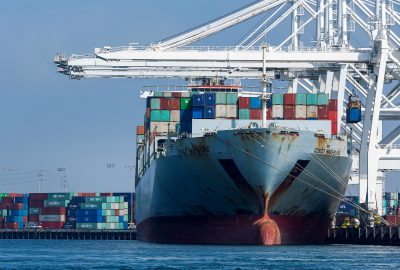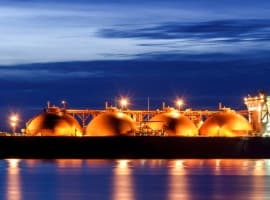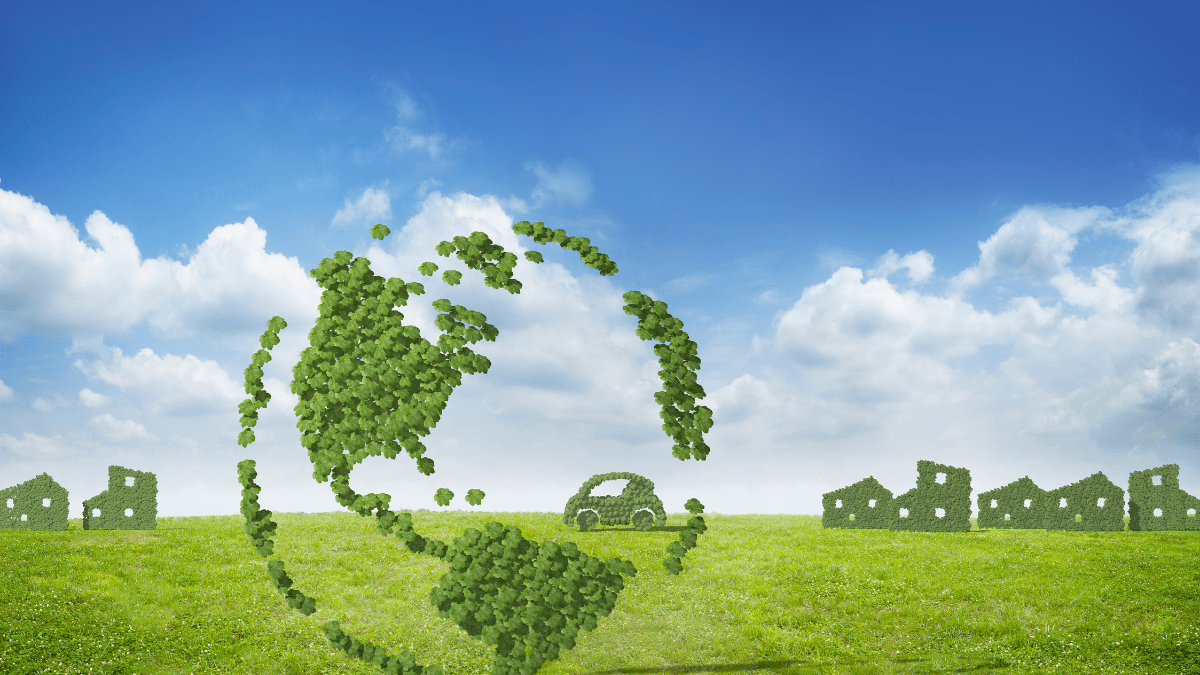
The Republic of Guinea holds immense potential in agriculture, with over 80% of its population reliant on this sector for sustenance. Agriculture contributes significantly to the nation’s economy, accounting for 31% of the GDP in 2022. Yet, despite favorable agroecological conditions, productivity remains low due to poor farming practices, limited infrastructure, and reliance on rain-fed systems. This hampers Guinea’s potential to transform agriculture into a key driver of economic development.
Decentralized renewable energy (DRE) solutions emerge as a transformative force to address these challenges. The integration of DRE technologies can enhance productivity, reduce greenhouse gas emissions, and improve the livelihoods of smallholder farmers (SHFs), who constitute a majority of the agricultural workforce. In 2022, only 48% of Guinea’s population had access to electricity, with rural areas lagging significantly at just 21%. This lack of energy access limits mechanization and post-harvest processing, often resulting in food losses and economic inefficiencies.
The study undertaken by IRENA identifies rice, maize, and vegetables as priority value chains for DRE integration, chosen for their significance in local diets and market value. These crops also align with the Guinean government’s strategic goals, including food security and economic diversification. Rice, for instance, remains the staple crop, yet yields are below global averages, necessitating substantial imports to meet demand. Similarly, maize and vegetables, though pivotal, face constraints due to inadequate infrastructure and post-harvest losses.
Field research highlights that SHFs and agro-businesses express a strong willingness to adopt DRE technologies like solar water pumps, solar-powered milling, and refrigeration. Solar water pumps, for instance, could revolutionize irrigation practices, enabling year-round cultivation. However, only 1% of surveyed farmers currently have access to water pumps, predominantly diesel-powered. The high upfront costs and limited awareness of solar alternatives are key barriers, although 88% of farmers expressed a willingness to acquire solar pumps if affordable financing options were available.
Solar refrigeration and milling also hold significant promise. With perishables like vegetables, solar refrigeration units could drastically reduce post-harvest losses, while solar milling could replace diesel-based systems in processing rice and maize. The study estimates a market potential of $60.4 million for solar water pumps, $50.7 million for solar refrigeration units, and $13.4 million for solar milling equipment. Expanding this market would require targeted subsidies, awareness campaigns, and financial mechanisms.
Barriers to DRE adoption include limited access to financing, high costs, and an inadequate policy framework. Gender disparities further compound challenges, as women, who form a significant portion of the agricultural workforce, have restricted access to land and resources. Addressing these barriers requires a multi-pronged approach, including policy reforms to encourage private-sector investment and gender-inclusive programs to empower women farmers.
Recommendations emphasize fostering public-private partnerships to co-develop DRE solutions tailored to Guinea’s needs. Results-based financing mechanisms could incentivize adoption while skill-building initiatives would enhance the capacity of farmers and technicians. Creating enabling policies and integrating DRE into national electrification strategies are crucial to driving widespread adoption.
The transformation of Guinea’s agriculture sector hinges on leveraging its renewable energy potential to address systemic inefficiencies. DRE technologies not only promise enhanced productivity and sustainability but also align with Guinea’s commitments to reduce greenhouse gas emissions and achieve carbon neutrality in agriculture by 2050. With concerted efforts from stakeholders, the integration of decentralized renewables could unlock Guinea’s agricultural potential, fostering economic growth and improving livelihoods across rural communities.



